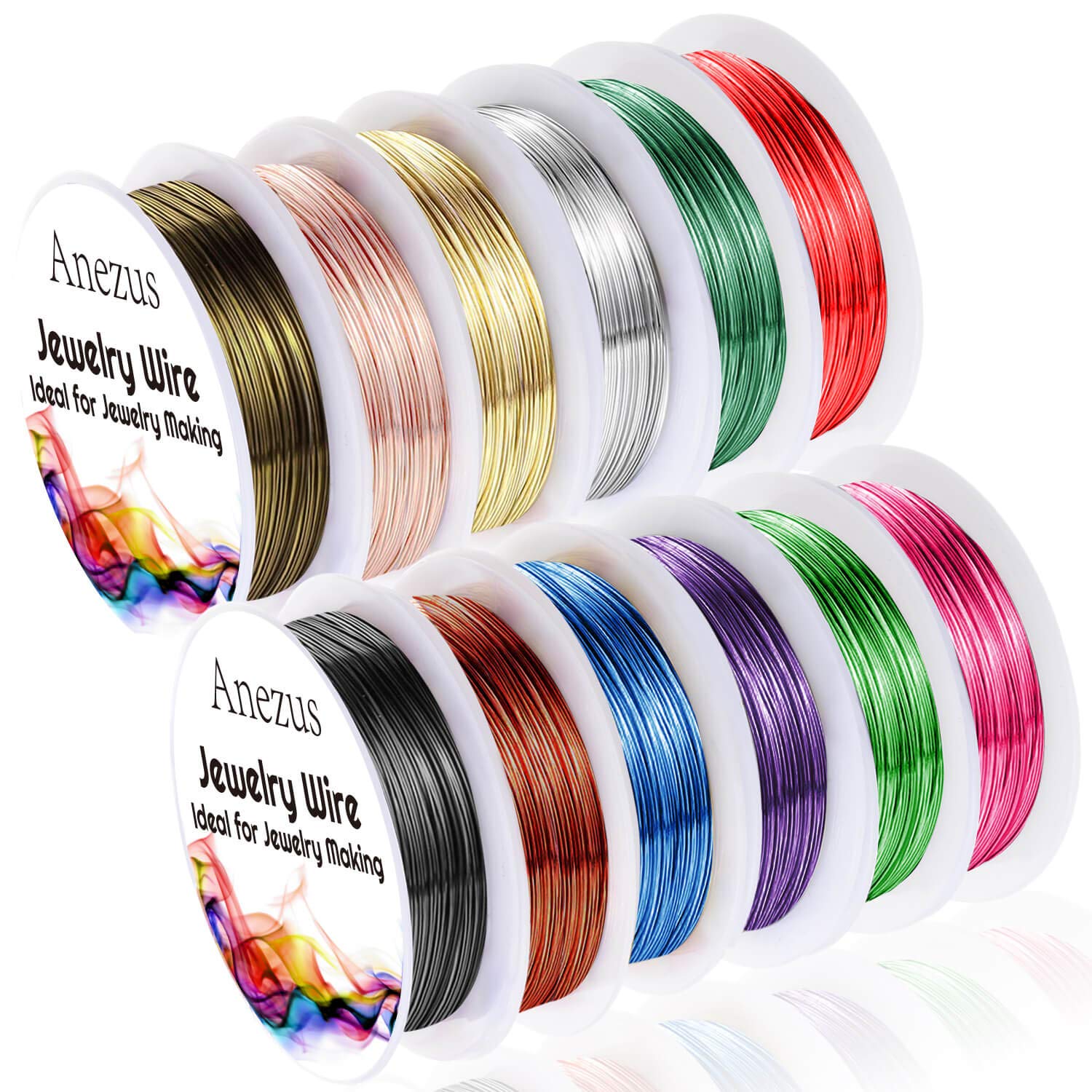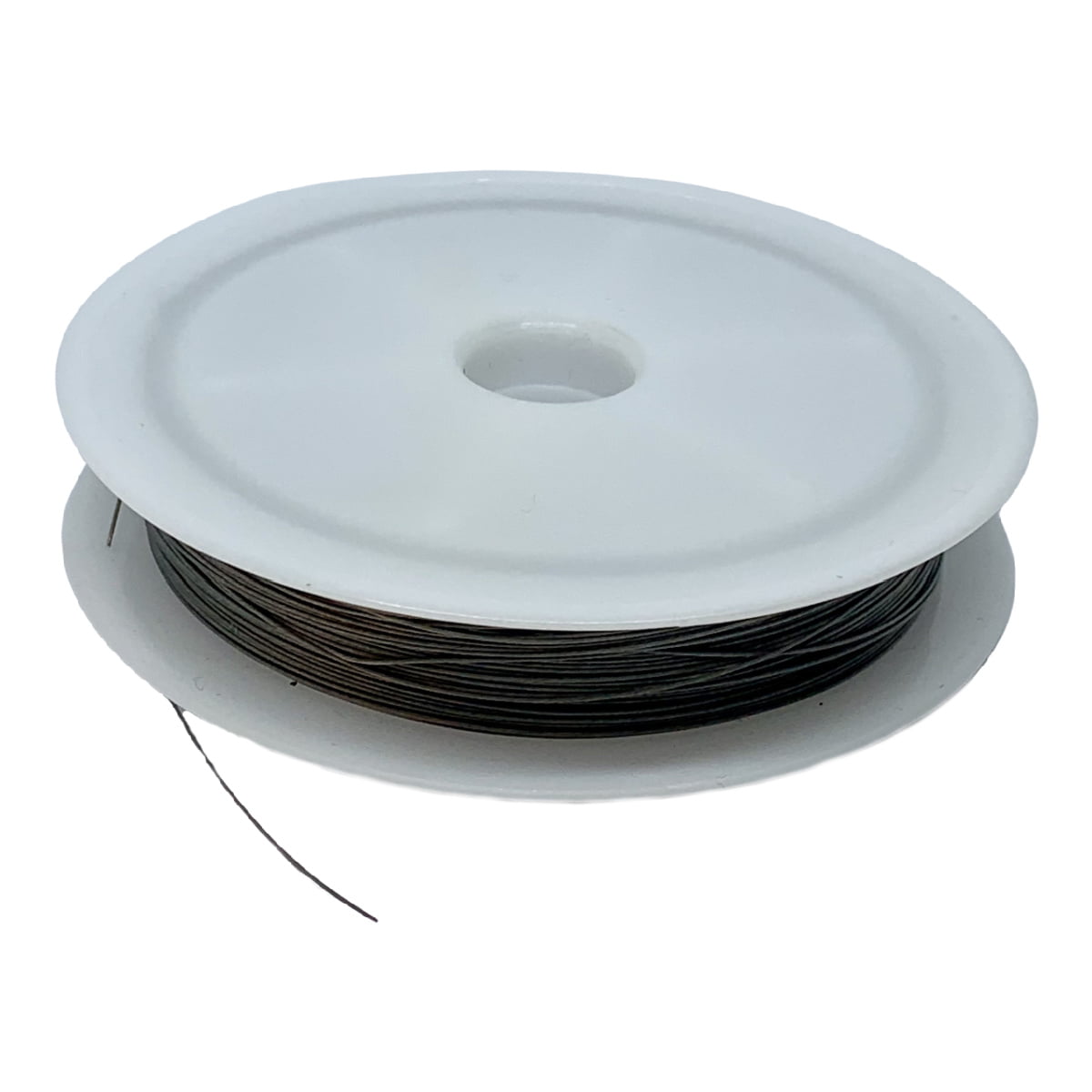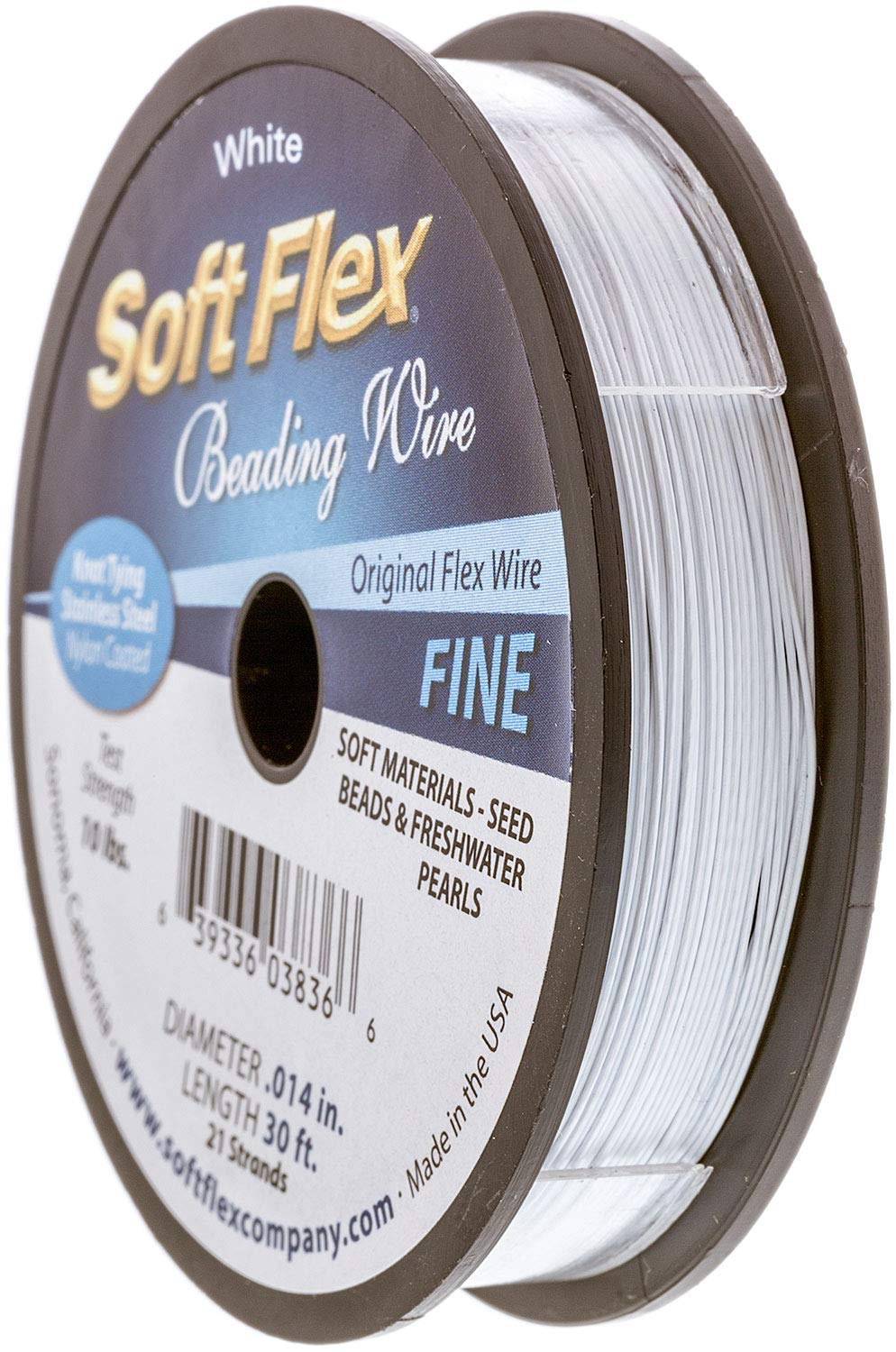Beading, a captivating art form that allows you to create intricate and dazzling pieces, is heavily reliant on the quality of the thread you choose. The beading thread, the unsung hero of bead-based projects, plays a crucial role in the longevity, durability, and overall success of your creations.
Whether you’re a seasoned beading enthusiast or just starting your journey into the world of bead art, understanding the various types of beading threads and their unique properties is essential. In this comprehensive guide, we’ll delve into the key considerations, the different thread options, and the best practices for working with beading thread to elevate your bead-based masterpieces.
Prepare to unravel the secrets of beading thread and unlock the full potential of your creative pursuits.

Exploring the World of Beading Threads
Beading threads come in a diverse range of materials, each offering its own set of advantages and suitability for various bead-based projects.
Natural Fiber Beading Threads
Natural fiber threads, such as silk and cotton, have long been a staple in the beading community, offering a traditional and eco-friendly option.
Silk Beading Thread
Renowned for its lustrous sheen and exceptional strength, silk beading thread is a popular choice for intricate jewelry making and delicate bead-based embroidery.
Cotton Beading Thread
Cotton beading thread, with its soft texture and natural absorbency, is often preferred for projects that require a more matte finish or where a secure grip on beads is crucial.
Synthetic Beading Threads
In recent years, synthetic beading threads have gained significant popularity, offering enhanced durability, versatility, and performance.
Nylon Beading Thread
Nylon beading thread, known for its strength and abrasion resistance, is a reliable option for a wide range of bead-based projects, from jewelry to home decor.
Polyester Beading Thread
Polyester beading thread combines exceptional strength with minimal stretch, making it an ideal choice for projects that demand a sturdy and stable foundation.
Specialty Beading Threads
Beyond the standard natural and synthetic options, the beading world has also embraced a range of specialty threads, each catering to specific needs and preferences.
Metallic Beading Thread
Metallic beading threads, with their lustrous sheen and added sparkle, can elevate the visual appeal of your bead-based creations, particularly in jewelry and decorative applications.
Beading Cord and Wire
For more sculptural and three-dimensional bead projects, beading cord and wire offer the structural support and flexibility required to bring your artistic visions to life.
Selecting the Right Beading Thread for Your Project
Choosing the appropriate beading thread for your project is crucial, as it can significantly impact the final outcome, the durability, and the overall ease of the beading process.
Considering Thread Thickness and Strength
The thickness and strength of the beading thread you select are directly related to the size and weight of the beads you’ll be working with, as well as the desired level of durability.
Matching Thread Thickness to Bead Size
Ensure that the thickness of your beading thread is proportionate to the size of the beads, providing adequate support and preventing strain or breakage.
Evaluating Thread Strength
Assess the required strength of the beading thread based on the weight and complexity of your project, opting for a more robust option for heavy or intricate designs.
Determining Thread Finish and Appearance
In addition to the technical considerations, the visual aesthetic of the beading thread can also play a role in your project’s overall design.
Coordinating Thread Color and Finish
Choose a beading thread that complements or blends seamlessly with the colors and finishes of your beads, creating a cohesive and visually appealing final product.
Exploring Specialty Thread Finishes
Specialty threads, such as metallic or iridescent options, can add an extra touch of elegance and visual interest to your bead-based creations.
Addressing Project-Specific Needs
Certain bead-based projects may require specific thread attributes to ensure their success and longevity.
Accommodating Flexibility or Rigidity Requirements
For projects that demand flexibility, such as beaded jewelry, a more pliable thread may be preferred, while rigid bead structures may benefit from a stiffer beading thread.
Considering Environmental Factors
If your bead-based project will be exposed to moisture, sunlight, or other environmental conditions, selecting a thread that can withstand those elements is crucial.
Techniques for Working with Beading Thread
Mastering the techniques for working with beading threads can greatly enhance the quality, efficiency, and overall success of your bead-based projects.
Proper Thread Preparation
Before you begin beading, taking the time to properly prepare your thread can make a significant difference in the ease and precision of your work.
Conditioning the Thread
Applying a light coating of beeswax or thread conditioner can help minimize friction and improve the thread’s gliding properties.
Cutting the Thread to Appropriate Lengths
Determining the optimal thread length for your project can optimize maneuverability and prevent unnecessary waste or tangles.
Efficient Beading Techniques
Leveraging specialized beading techniques can streamline your work and ensure the structural integrity of your bead-based creations.
Maintaining Proper Tension
Mastering the art of tension control is crucial for achieving accurate bead placement and preventing distortion in your designs.
Incorporating Needle-Less Beading
For certain projects, using the beading threads directly, without a needle, can offer increased dexterity and precision.
Securing and Finishing Beadwork
Ensuring the longevity and security of your bead-based projects requires careful attention to the finishing techniques.
Reinforcing Thread Ends
Employing effective thread-end reinforcement methods, such as knotting or using crimp beads, can help prevent unraveling and maintain the structural integrity of your beadwork.
Applying Protective Coatings
Applying a clear, protective coating to the completed beadwork can further enhance the durability and longevity of your bead-based creations.
Troubleshooting and Maintaining Beading Thread
To ensure the continued success and performance of your beading projects, it’s essential to understand common issues and best practices for maintaining your beading thread.
Identifying and Resolving Thread Breakage
Recognizing the causes of thread breakage, such as excessive tension or sharp bead edges, and taking appropriate remedial actions can help you avoid frustrating setbacks.
Addressing Tension-Related Issues
Carefully adjusting the tension of your beading threads can often resolve problems like breakage or uneven bead placement.
Identifying and Addressing Sharp Edges
Carefully inspect your beads and findings for any sharp edges that may be compromising the integrity of your beading threads.
Cleaning and Storing Beading Thread
Proper cleaning and storage techniques can help extend the lifespan of your beading threads and ensure its optimal performance in future projects.
Cleaning and Conditioning Thread
Gently cleaning and conditioning your beading threads can help revive its pliability and reduce the risk of damage or deterioration.
Proper Thread Storage
Storing your beading thread in a cool, dry place and protecting it from direct sunlight can help preserve its integrity over time.
Conclusion: Elevate Your Bead Art with the Right Beading Thread
Beading threads, the unsung hero of bead-based projects, plays a pivotal role in the success, longevity, and overall quality of your creative pursuits. By understanding the diverse range of beading threads options, selecting the right thread for your project, and mastering the techniques for working with it, you can unlock the full potential of your bead art.
Through this comprehensive guide, you have gained the knowledge and insights necessary to navigate the world of beading threads with confidence. Whether you’re drawn to the natural elegance of silk, the durability of nylon, or the added sparkle of metallic threads, the key is to choose the thread that best aligns with your project’s requirements and your personal aesthetic preferences.
As you continue to explore the captivating realm of bead art, remember the vital role that beading threads plays in the success and longevity of your creations. Embrace the techniques, troubleshooting methods, and maintenance practices outlined in this article to ensure your bead-based masterpieces stand the test of time and shine with unparalleled beauty.
Unravel the secrets of beading threads and elevate your bead art to new heights of craftsmanship and artistry.
